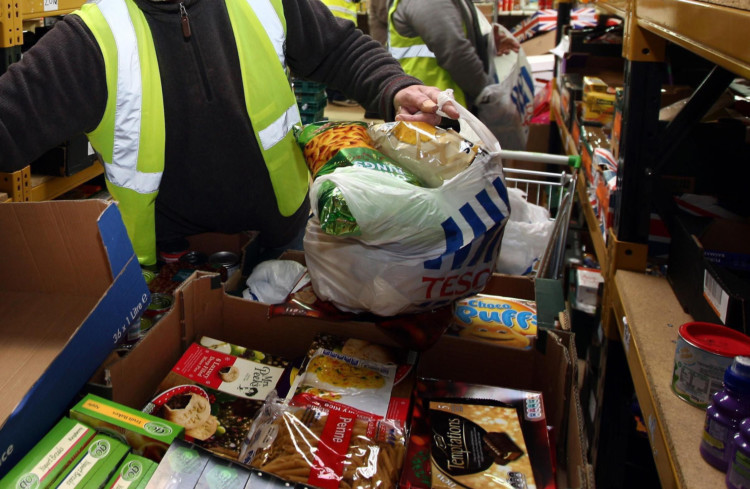
The cut-price supermarket Aldi has gained more than one and a half million customers in the past 12 weeks.
Their UK chief executive claimed there had been an “unprecedented” change in consumer behaviour as inflation has soared. “We’re seeing customers switching in their droves,” said Giles Hurley.
Although the company has opened a raft of new stores, its increased popularity is down to customers looking for better value for money.
I’ve noticed myself how busy Aldi is. And I’d say a lot of its success may be down to the nerve-jangling speed of the checkout staff – no time for dawdling there whilst your packing your groceries.
The rising success of Aldi and other discount supermarkets such as Lidl is a sign the cost-of-living crisis is really starting to bite. It’s the little vignettes of people’s lives that we see highlighted on the news or social media that really bring home how difficult the situation is.
We’re hearing terrible stories of parents being forced to skip meals so their children can eat instead, but someone tweeted this week that a little boy had been spotted in his school’s canteen pretending to eat from an empty lunch box. He’d been too embarrassed to admit there was no food for his lunch at home and he didn’t qualify for free school meals. That’s heartbreaking.
We are all paying the cost as inflation soars, and now we face the terrifying prospect of our mortgages going up as well. But worryingly, the idea of healthy eating and the long-term goal of tackling obesity may also be a casualty of these troubling times.
The UK Government had planned to ban “buy one get one free” food deals in an effort to curb the amount of high-fat, high-salt meals we consume. The then Prime Minister, Boris Johnson, introduced the policy as part of a crackdown on obesity in the wake of the Covid pandemic in 2020. But Liz Truss is now preparing to ditch the already delayed policy to help families deal with shrinking household budgets.
The Scottish Government had similar plans, but they were also put on pause after the pandemic and a consultation on introducing legislation to restrict unhealthier food and drink promotions closed on Wednesday.
At this week’s Labour Conference, Shadow Health Secretary Wes Streeting backed the government, saying they needed to pause “heavy-handed” anti-obesity rules. He said it would be “tin-eared” to introduce new legislation now.
Health campaigners have reacted with dismay, saying people are playing politics with children’s health. Obesity Action Scotland says we’d spend less if junk food wasn’t promoted as research shows that’s what drives people to put these items in their basket and studies show that removing unhealthy foods from beside the tills and aisle-ends led to around 1,500 fewer portions of sweets and crisps being sold in a supermarket each week.
So, get rid of the impulse buys and our diets improve. It’s a difficult line to walk at the moment, and I don’t envy politicians the challenge. The need for cheap food when money is so tight seems crucial, if the alternative is for families to go without.
There’s now a lot of advice out there to help us all produce cheap meals and that’s incredibly helpful. Cookery writers such as Jack Monroe have been responding to the crisis by posting cheap and nutritious recipe ideas on the internet. But, bafflingly, the anti -poverty campaigner has received so much online abuse that she left Twitter this week, fed up with the vitriol directed at her.
I can’t blame her but Jack’s departure will be a loss to those she inspired. What is it with these trolls? I can’t for the life of me understand why someone with the best of intentions can be so vilified.

Enjoy the convenience of having The Sunday Post delivered as a digital ePaper straight to your smartphone, tablet or computer.
Subscribe for only £5.49 a month and enjoy all the benefits of the printed paper as a digital replica.
Subscribe